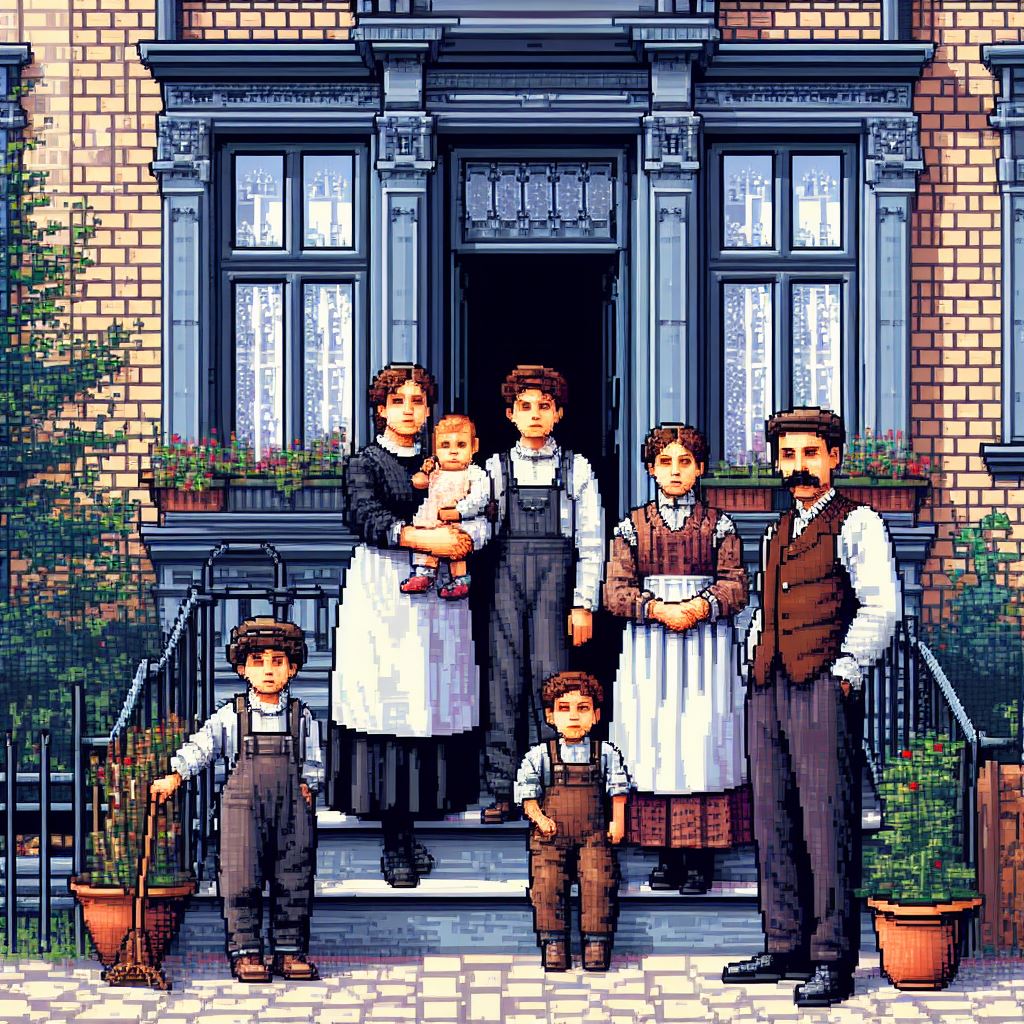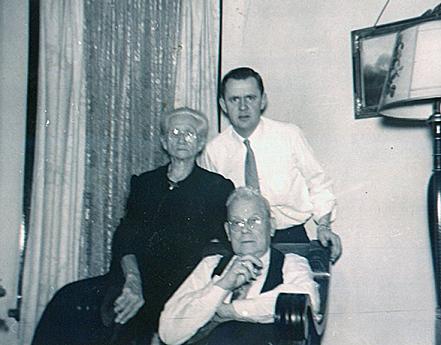Yes, Pete, it is. In fact , it’s pronounced “mill-e-wah-que” which is Algonquin for “the good land.” – Alice Cooper, Wayne’s World
Most of the paternal side of my family tree, more specifically my paternal grandfather’s side, came to and lived in Milwaukee’s Polish Community. They all came about the same time, the late 1800s or early 1900s. By that time, Milwaukee was getting established as a major hub in Wisconsin.
The first immigrants to Milwaukee were French traders and trappers. During the 1830s, settlement occurred rapidly, and in earnest. Families established themselves here, bringing the population to several hundred by 1837. That year, under a mandate from the Wisconsin Territorial Legislature to incorporate, Milwaukee and other settlements in the state became villages. A City Charter was adopted in 1846, and Solomon Juneau was elected the first mayor. Juneau was a French trader who had settled his family in Milwaukee. – City of Milwaukee website
The polish immigrants came to Milwaukee starting in the mid nineteenth century and mostly settled in Milwaukee’s south side, though my family lived on what is considered the “east side” today. In 1906, almost one-quarter of Milwaukee’s total population was Polish. Milwaukee had one of the nation’s largest Polish communities up to 1980, getting near 200,000. Today, Milwaukee even has an annual Polish Fest to celebrate their Polish heritage.
Polish families tended to settle in one area, usually just outside of the city area. I imagine this was very helpful due to the fact that most immigrants knew little English and this would obviously help them communicate better. Even though the large Polish community was usually overshadowed by Milwaukee’s larger German community, there is no doubt that this city has been shaped and changed forever by them.
Some great Polish-related Milwaukee links:


